Crustic
Crushed crab shells are broken down and transformed into plastic-like designs in the latest project by RCA grad, Jeongwon Ji
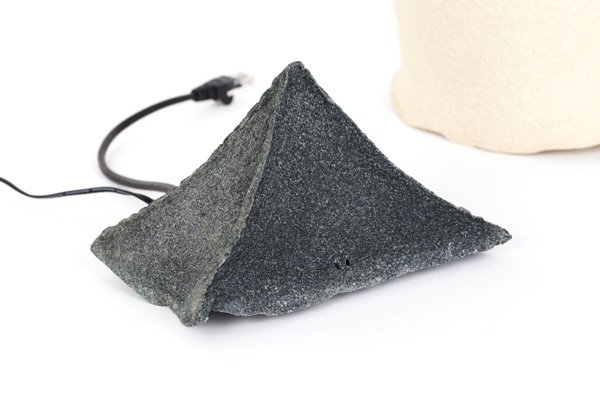
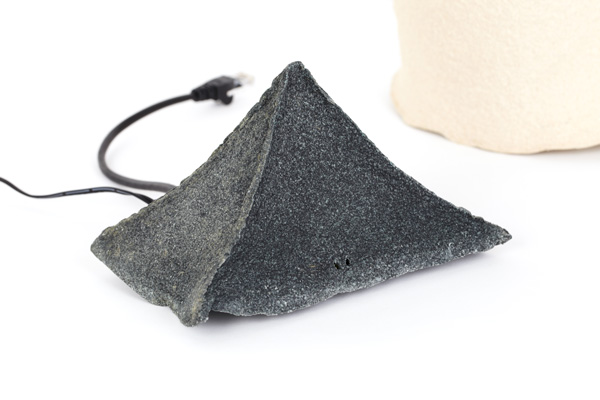
For her Royal College of Art graduate show project, BioElectric, Jeongwon Ji has created a bioplastic derived from the crushed remains of Chinese mitten crab shells.
Aiming to produce a tactile alternative to the characterless, mass-produced cases used for most electronic products, Ji extracted a derivative of glucose called chitin from the crustaceans and combined it with water and glycerin to form a new material she calls Crustic.
The end product is a non-toxic, biocompatible plastic that’s also individually distinct: as it cures, the material loses the unnaturally perfect shape it gets from the mould it was formed in to feel slightly rougher and more organic. And, by using a natural product sourced from an overpopulated species, Ji seeks to promote an effective, sustainable material that has all the benefits of plastics without the harmful downsides.
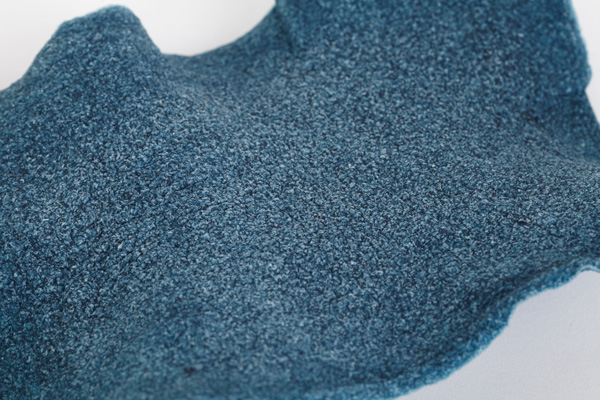
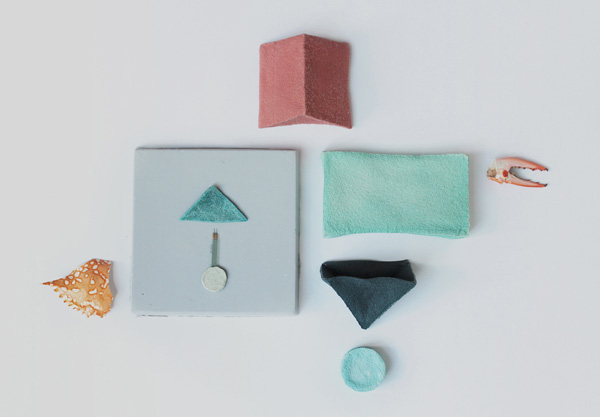
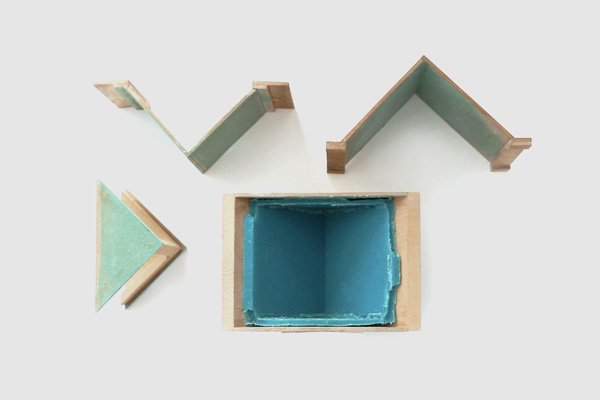



Discussion